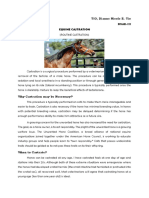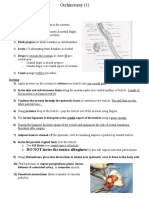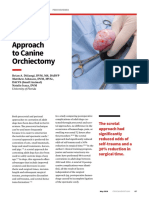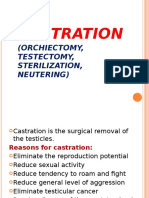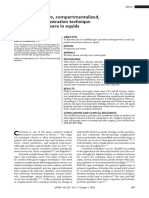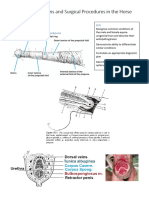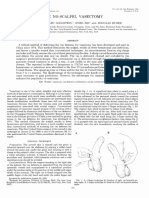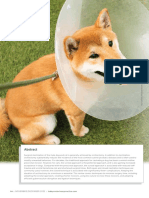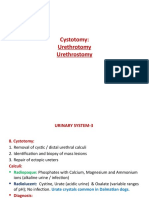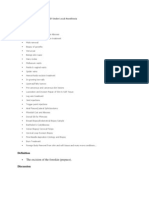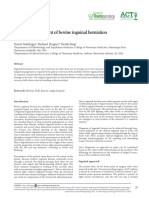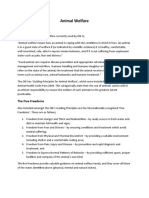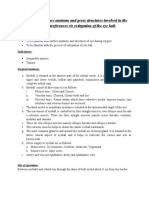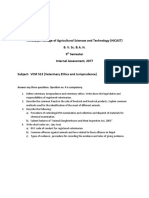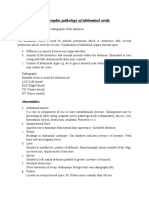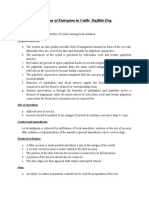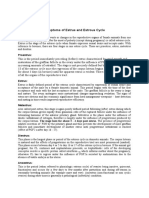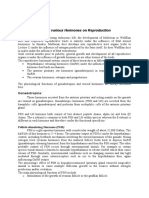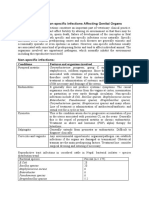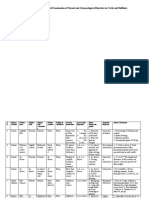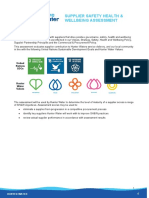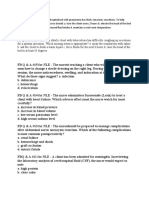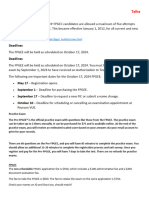0% found this document useful (0 votes)
146 views2 pagesAnimal Castration: Indications & Technique
The document discusses castration in animals. It indicates castration is done to render animals docile, for malignant or irreparable diseases of the gland, enlarged prostate, improved meat quality, and hernia correction. The surgery is typically done at the tip of the scrotum, prescrotal region in dogs, or median raphe in piglets. The surgical technique involves controlling the animal, making an incision, forcing out the testicles one at a time, freeing and clamping the cord, severing it between clamps, and closing the skin with sutures.
Uploaded by
kushal NeupaneCopyright
© © All Rights Reserved
We take content rights seriously. If you suspect this is your content, claim it here.
Available Formats
Download as DOCX, PDF, TXT or read online on Scribd
0% found this document useful (0 votes)
146 views2 pagesAnimal Castration: Indications & Technique
The document discusses castration in animals. It indicates castration is done to render animals docile, for malignant or irreparable diseases of the gland, enlarged prostate, improved meat quality, and hernia correction. The surgery is typically done at the tip of the scrotum, prescrotal region in dogs, or median raphe in piglets. The surgical technique involves controlling the animal, making an incision, forcing out the testicles one at a time, freeing and clamping the cord, severing it between clamps, and closing the skin with sutures.
Uploaded by
kushal NeupaneCopyright
© © All Rights Reserved
We take content rights seriously. If you suspect this is your content, claim it here.
Available Formats
Download as DOCX, PDF, TXT or read online on Scribd
/ 2







